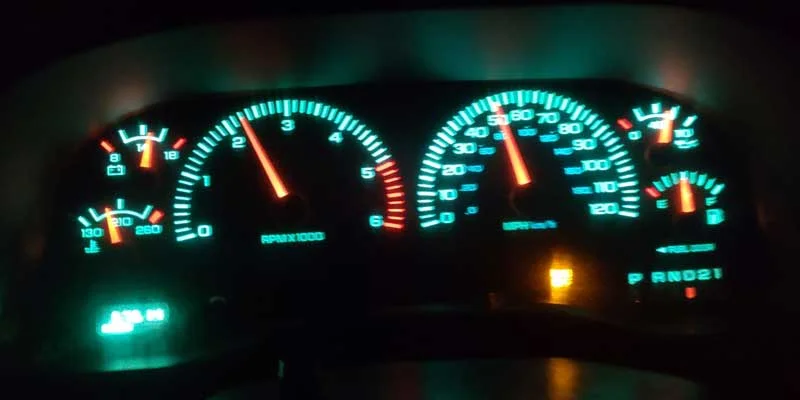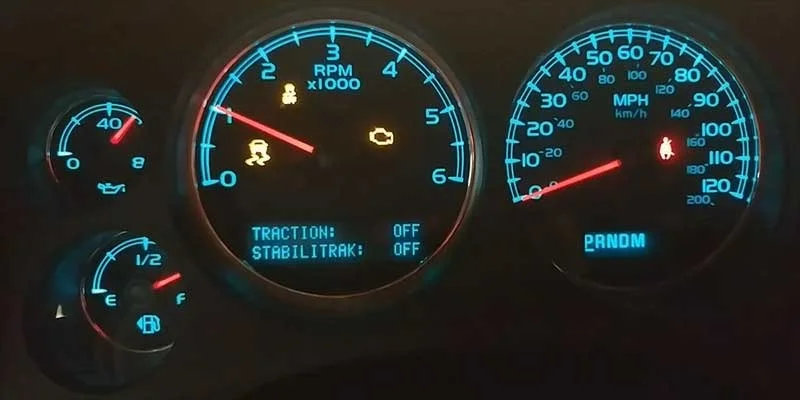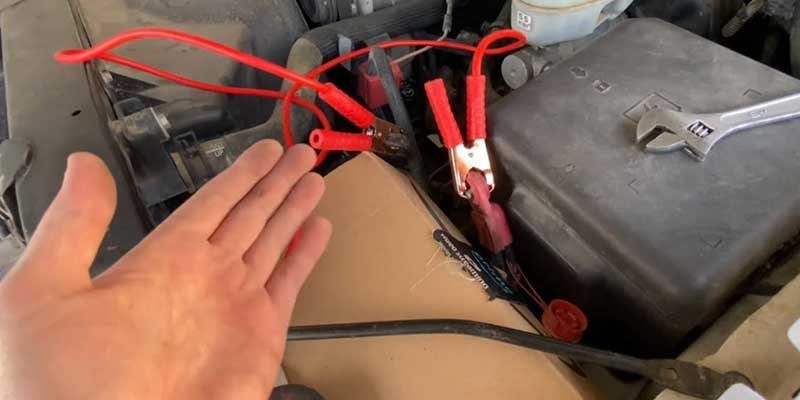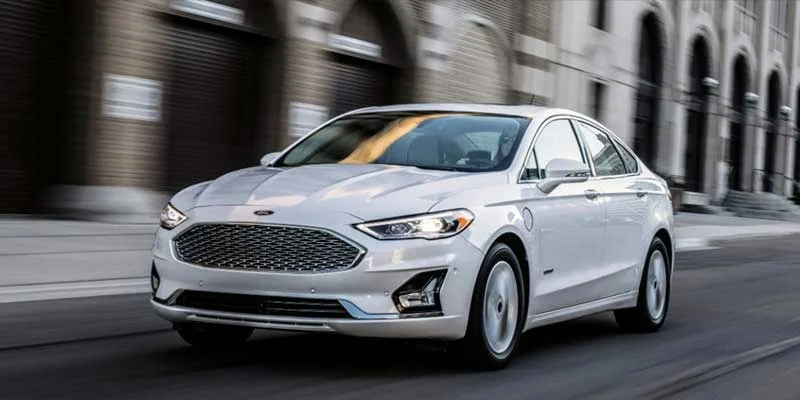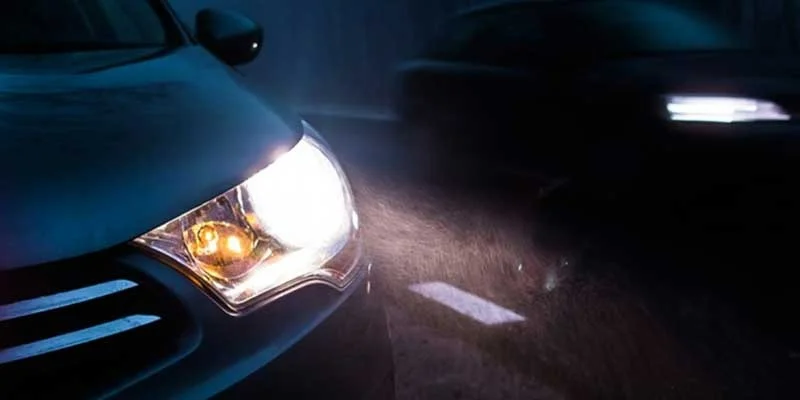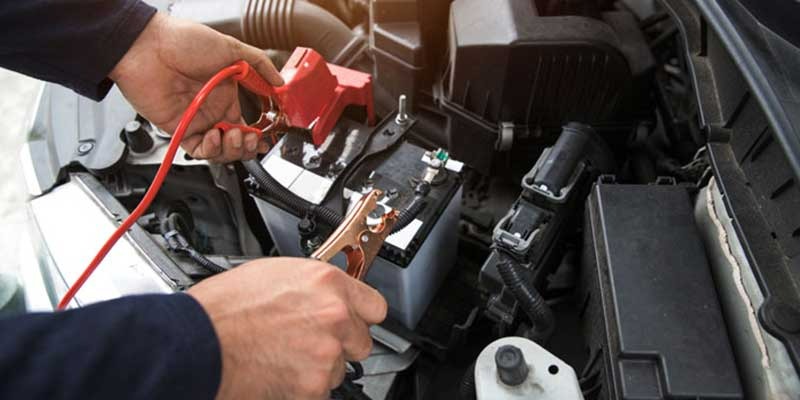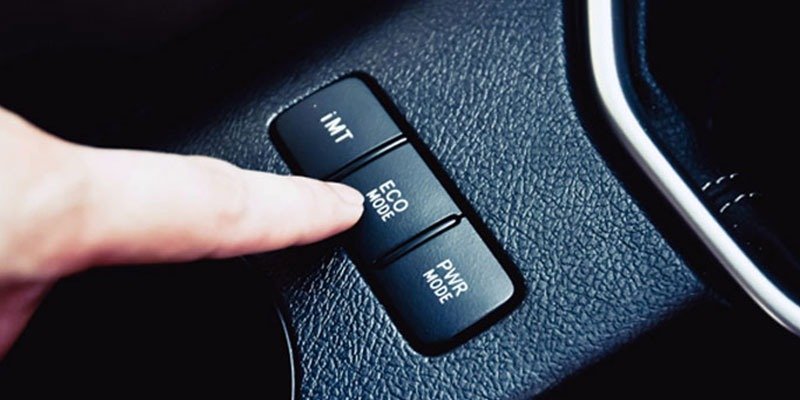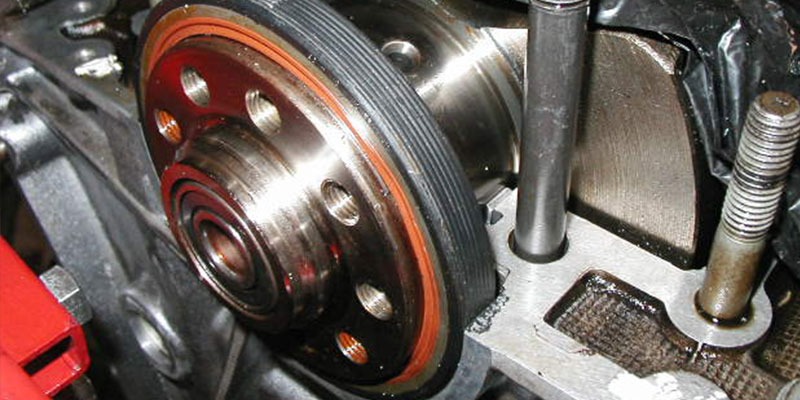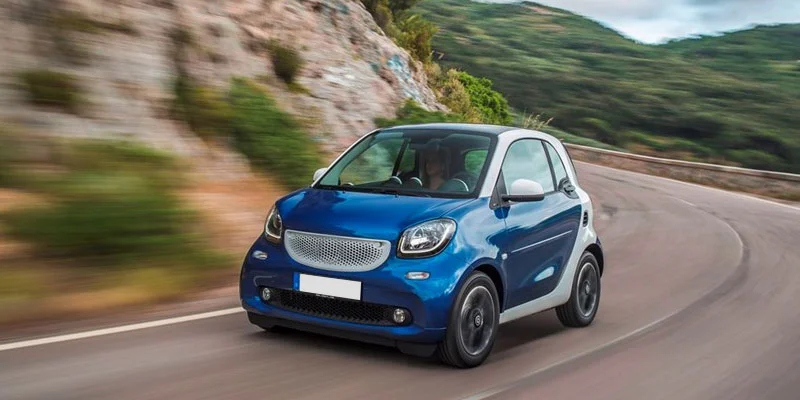If you ever noticed your dashboard, there is a yellow light on the bottom right indicating ‘O/D OFF’ or maybe a green light indicating ‘O/D ON.’
What exactly is O/D on the dashboard? And why does it matter?
If you are a new driver and have not yet been through learning about driving in traffic, this article will help explain what O/D means on your dashboard. This article also provides tips to avoid getting pulled over for having an O/D off or out of the drive.
What is O/D On Dashboard?
Overdrive functionality helps you manage the fuel efficiency of your car by reducing engine problems and inducing engine performance. It is the highest automatic transmission gear. When the engine moves faster than the driveshaft, the transmission has a lot of lower gear. It lets the vehicle run at lower RPM at a specific road speed.
It can be turned on /off using the switch at the steering wheel. It indicates the car’s functioning with a low number of RPM (revolution per minute) at a maintained speed. It leads to a reduction in the vehicle’s suspension system wearing off and reduced noise. It also induces better fuel mileage.
Overall, the overdrive feature aims to reduce stress by helping the engine work optimally. It couples the input shaft with the output shaft to increase the output so that the output speed rotates faster than the speed of its input shaft.
What are the Benefits of the O/D feature?
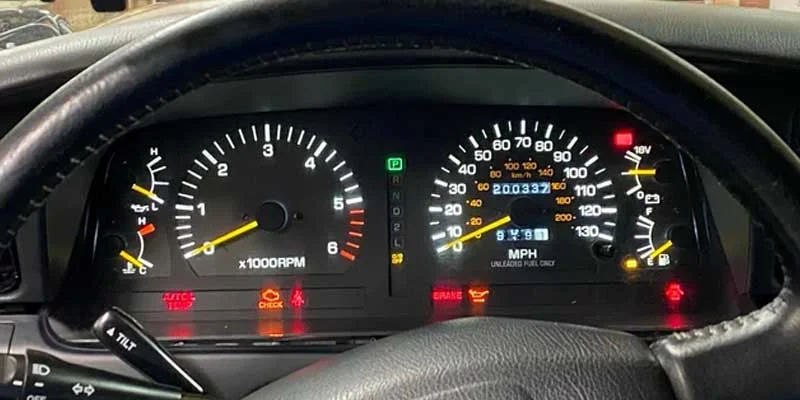
When you are going downhill or struck in a massive traffic jam, it takes a toll on the engine braking system of your car. There is continuous pressure on the brake pedal, and sometimes this pressure is sudden as well. Hence, using the O/D feature helps release the engine’s strain by keeping the RPM above idle levels.
To increase your engine life and performance, you should appropriately use the O/D feature.,
When Should O/D be off?
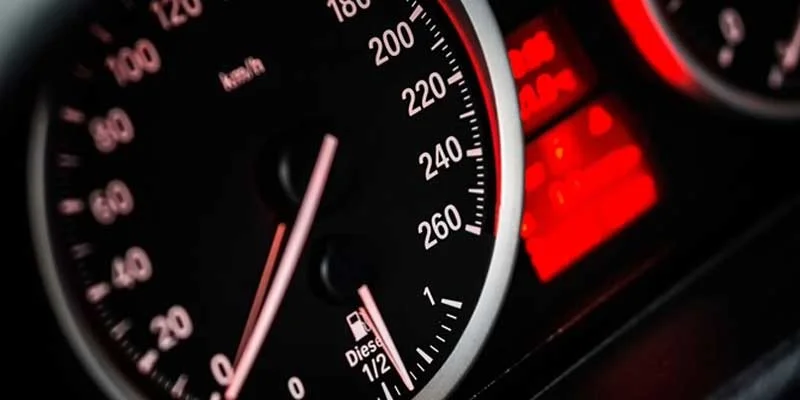
There are certain situations in which Overdrive should be strictly avoided to escape any potential damage to your vehicle:
- Speeding below 50 mph
- carry heavy load such as Towing a trailer
- Driving uphill
When you are accelerating speeds above 50mph, RPM increases engine strain. By turning off OD, you can reduce the RPM and take away the engine strain. But if you use the overdrive feature below 50mph, it may lead to inconsistent speed.
The transmission burns out fast if you use the overdrive feature for all these situations.
Does Overdrive make Your Car Faster?
The overdrive function brings the gas-effective management by shifting the vehicle frequency to a higher gear. The transmission is always limited to lower gear once you turn off the overdrive while driving.
Hence, the overdrive does not make your car faster than expected.
Should You Drive an Automatic Car in Overdrive all the Time?
The OD has activated automatically when you drive your automatic vehicle at above 50 mph. If you are cruising below 50 mph, the OD will not activate. Once the overdrive is on, the engine will operate at a slower RPM.
The main idea of overdrive is to induce the wheel rotation in a given minute. It is an essential feature for city roads as well as highways.
Is it Wrong to Drive with Overdrive Off?
It depends on your driving circumstances. Driving on the highway speeds need the overdrive on to get better fuel mileage, while driving around the hills needs the overdrive off. Without using Overdrive, you can cruise. OD also lowers the chances of steering noise.
How to Know if Overdrive is On or Off?
Change the overdrive selector while driving on the highway. If the engine speed decreases, it means that the overdrive is on. If the engine speed increases, it means that the overdrive is off.
Car transmission moves to the lower great when the overdrive is off. The effectiveness of engine break increases, and the efficiency of the accelerator also improves.
When the Overdrive is off, but the focus light is not turning off, you need to get your car inspected by the mechanic.
How can I turn On/Off Overdrive?
There is an overdrive function located near the gear shifter labeled OD. You can find it on the left side of the shifter. Pushing this button turns on the overdrive function. The overdrive shall be turned off when you push it again to release.
Should I drive with OD On or Off?
It’s OK to drive with OD off, and there is no harm to the transmission when you drive without overdrive on. But you may experience noise at high speeds and worse fuel economy. Except ascending or descending the hills, there is no benefit of turning off the overdrive,
Is it Wrong to have O/D off?
If you are driving your car under normal circumstances, it is recommended to use the overdrive feature. But if you are towing, then you must turn o/d off. If you do not do that, it will lead to transmission overloading, causing overheating and early wearing off.
Summary
Overdrive is used for increasing fuel economy, reducing gas consumption, improving acceleration, and increasing torque. It’s a valuable tool for drivers who want to save money and time. However, it has its disadvantages too.
Using the overdrive feature may lead to a higher chance of causing noises during the shifting process. Also, overdriving the engine could burn up the transmission gears and cause them to wear rapidly.
So, before you start driving with the overdrive feature, make sure that you have good knowledge about how to operate it.

My Name is Christopher Angels, and I am a postgraduate in mechanical engineering. Cars have always excited me as a child, and soon I decided to dive into the world of cars by pursuing mechanical engineering. I also worked as a Mechanic for over 3 years to understand Cars’ anatomy and how each part contributes to its working.
My Name is Christopher Angels, and I am a postgraduate in mechanical engineering. Cars have always excited me as a child, and soon I decided to dive into the world of cars by pursuing mechanical engineering. I also worked as a Mechanic for over 3 years to understand Cars' anatomy and how each part contributes to its working.

